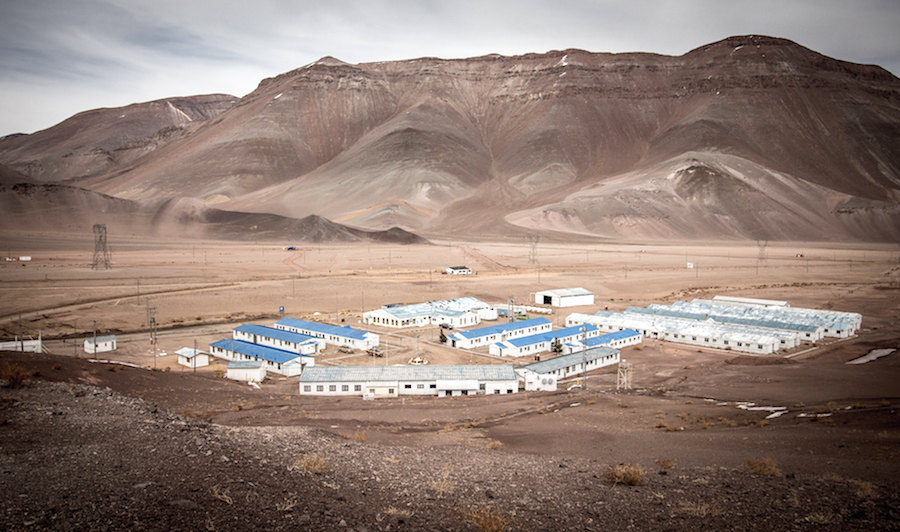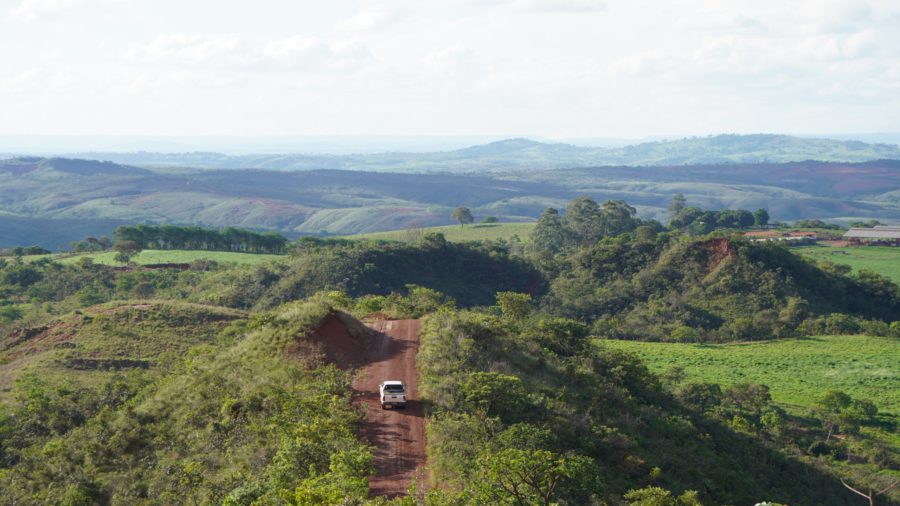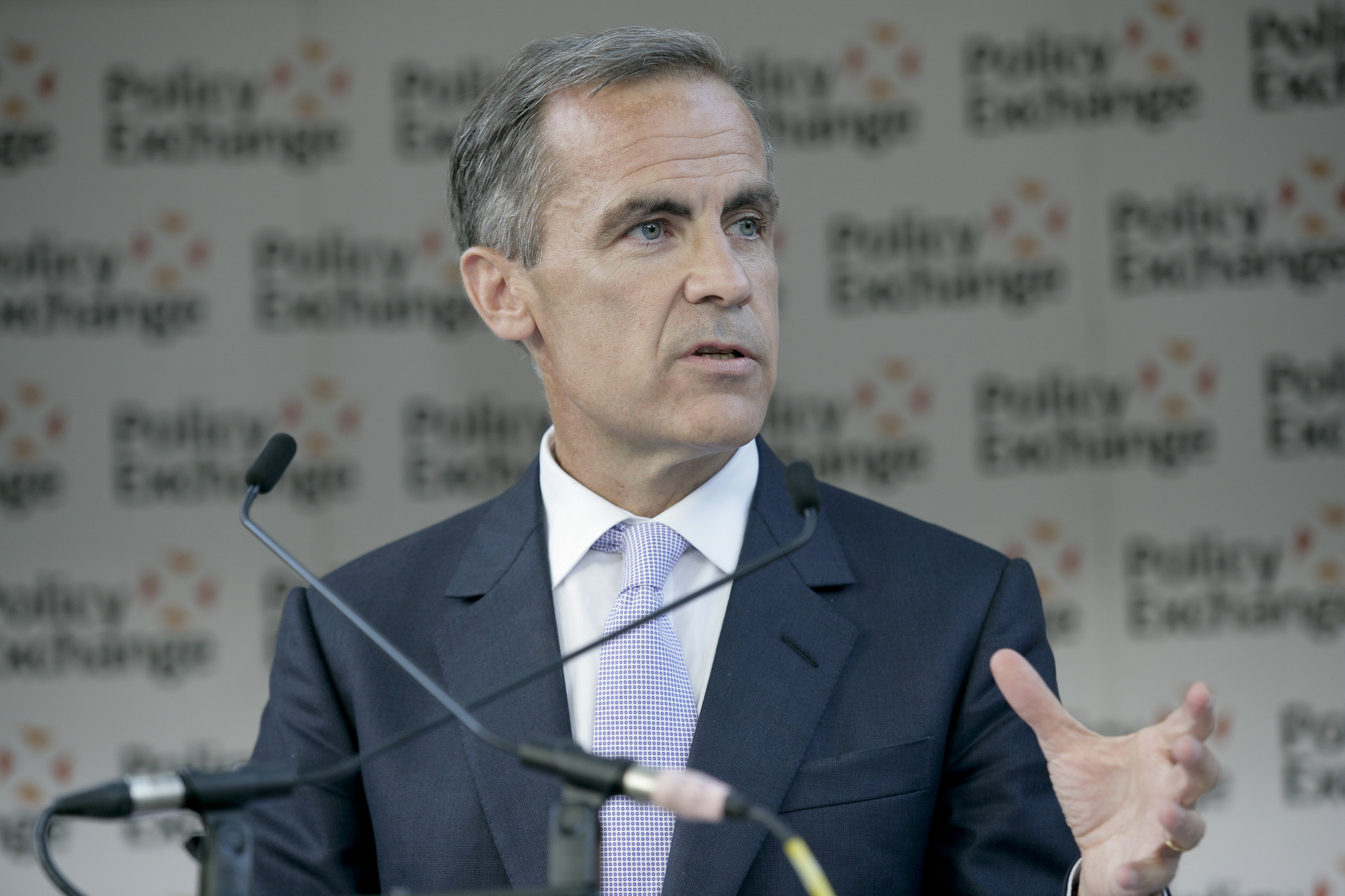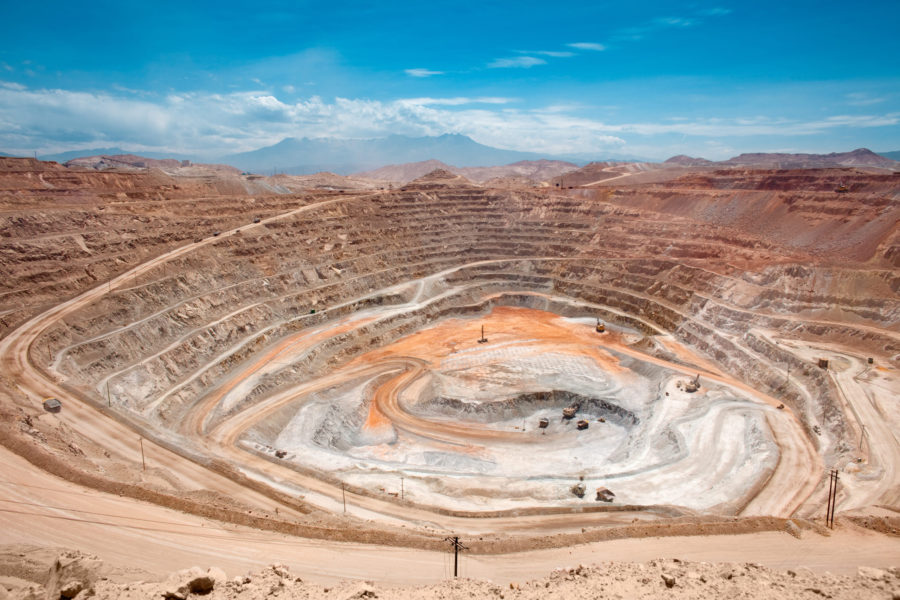Kinross to restart La Coipa mine

Kinross Gold (TSX: K; NYSE: KGC) has announced that it is proceeding with the restart of the La Coipa gold-silver mine in Chile based on a feasibility study that contemplates leveraging existing infrastructure to mine the Phase 7 deposit.
The restart will require a capital investment of $225 million, with prestripping expected to start late this year. About $45 million of the initial capital costs would be spent this year and the balance next year.
Production is expected to start in the first quarter of next year, with a feasibility study forecasting the open pit to produce about 690,000 gold-equivalent ounces from 2022 to 2024.
Last year, the company added 7.7 million ounces to its measured and indicated mineral resources
The project is expected to generate an internal rate of return (IRR) of 28% and net present value (NPV) of $118 million based on a $1,200/oz gold price and $17/oz silver price.
The company also plans to start production at the nearby Lobo-Marte project after the conclusion of mining at Phase 7. A prefeasibility study at Lobo-Mare remains on track to be completed by mid-year.
A scoping study for Lobo-Marte indicates that the project could produce about 4.1 million ounces of gold at 1.2 g/t over a ten-year mine life. The initial estimate for capital is $750 million, with a three-year construction timeline after project approval.
Aside from its Chilean projects, Kinross’s development pipeline also includes the Tasiast 24k project in Mauritania, the new Chulbatkan project in Russia and the Fort Knox Gilmore project in Alaska.
The Tasiast 24k project is advancing and remains on budget and on schedule to increase throughput capacity to 21,000 t/d by the end of 2021 and then 24,000 t/d by mid-2023. At Fort Knox Gilmore, the project is on schedule to start stacking on the new heap leach pad in the fourth quarter of 2020.
Kinross CEO Paul Rollinson said the company is excited about its newly acquired Chulbatkan project, which would be a substantial open-pit mine.
“The project has a strong base case and good upside potential, and we have a substantial drilling programme planned for 2020 with the goal of adding to its resource estimate by year-end,” Rollinson stated.
Last year, the company added 7.7 million ounces to its measured and indicated mineral resources – a 28% year-on-year increase.
More News
Resouro boosts titanium resource by 37% at Tiros project in Brazil
Total resources are now 1,400 Mt1 at 12% TiO₂ and 4,000 ppm TREO, the company said.
April 09, 2025 | 04:37 pm
Prime Minister Mark Carney vows to speed permits, make Canada energy superpower
The Liberal Party leader said at a campaign stop in Calgary that his government would create a Major Federal Project Office with a “one project, one review” mandate.
April 09, 2025 | 03:34 pm
Peru mining chamber sees copper output up 2-4% this year
That would put Peru's copper production between 2.79 million and 2.85 million metric tons.
April 09, 2025 | 02:53 pm
{{ commodity.name }}
{{ post.title }}
{{ post.excerpt }}
{{ post.date }}




Comments